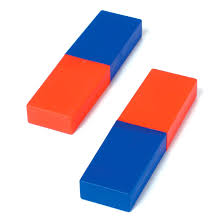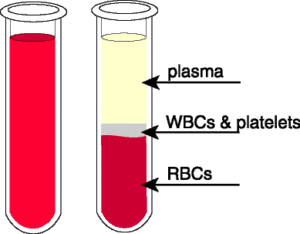Science > Physics > Magnetism > Magnets About 600 to 800 BC the people living in Magnesia in Asia Minor found a stone (an ore of iron Magnetite Fe2O3) which was capable of attracting iron pieces towards it. They called this stone as magnetite. During the course of time, the name changed to a magnet. […]

- Tags attracting property, Attraction, Bar magnet, Directive Property, Disc magnet, Hemant More, Hemantmore, Horse shoe magnet, Law of magnetic poles, Magnesia, Magnesite, Magnet, Magnetic compass, Magnetic Keepers, Magnetic lock, Magnetic Material, Magnetic needle, Mariner's compass, More Hemant, More Shruti, Pair property, Pin holder, Repulsion, Repulsion property, Shruti More, shrutimore, Sure test of magnetization, Uses of magnets


